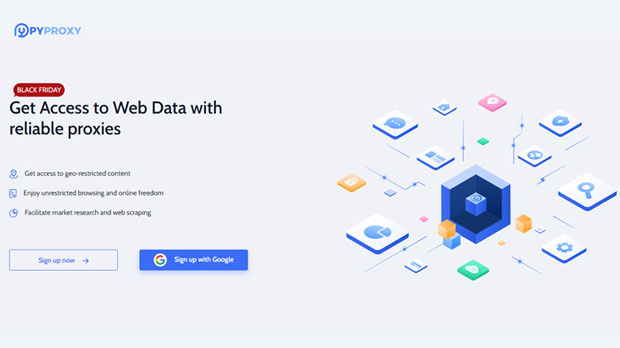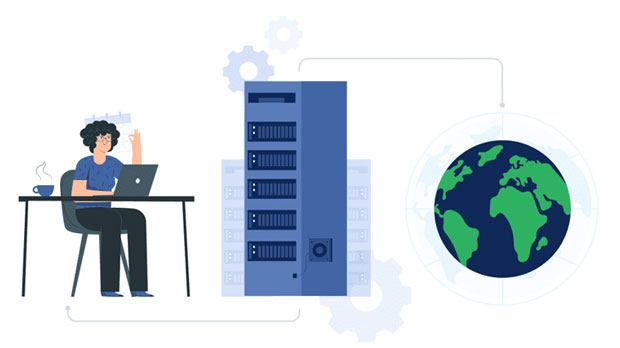In today’s digital age, where online privacy and security have become increasingly crucial, individuals and organizations are continuously seeking methods to enhance their internet safety. One popular solution is using unblock sites proxies, which help bypass geographical restrictions or access blocked websites. However, when it comes to security, the choice of the protocol used by these proxies plays a critical role. Among the various options available, HTTPS-based proxies are often considered more secure than their HTTP counterparts. In this article, we will explore whether HTTPS-based unblock sites proxies indeed offer enhanced security, how they differ from HTTP-based proxies, and what benefits they bring to the table for users concerned about their online privacy. Understanding Unblock Sites ProxiesBefore diving into the specifics of HTTPS and HTTP proxies, it is essential to understand what unblock sites proxies are. These proxies act as intermediaries between a user and the internet, allowing users to access content or websites that might otherwise be blocked or restricted. Whether it’s bypassing censorship or accessing geo-restricted content, unblock proxies are an invaluable tool for many.The proxy server accepts your request to access a website, processes it on your behalf, and then sends the data back to you. This mechanism helps mask your IP address, providing a level of anonymity. However, the level of security varies depending on whether the proxy uses HTTP or HTTPS.What Makes HTTPS Different From HTTP?The key difference between HTTP and HTTPS lies in the encryption of the data transmitted between the user and the proxy server. HTTP (HyperText Transfer Protocol) is the standard protocol for transferring data across the internet, but it operates without any encryption. This means that any data sent over an HTTP connection is vulnerable to interception by malicious third parties, such as hackers, ISPs, or even government surveillance.On the other hand, HTTPS (HyperText Transfer Protocol Secure) includes an additional layer of security through SSL/TLS encryption. This means that data sent over HTTPS is encrypted, making it significantly harder for unauthorized parties to intercept or tamper with the data in transit. HTTPS ensures the confidentiality and integrity of the data being transmitted, which is especially important when dealing with sensitive information such as login credentials, payment details, or personal data.Why HTTPS-Based Proxies Are More SecureNow that we have a basic understanding of HTTP and HTTPS, let’s explore why HTTPS-based unblock sites proxies are considered more secure.1. Encryption of Data TransmissionThe most significant advantage of HTTPS proxies is the encryption they provide. When you access a website via an HTTPS proxy, the data transmitted between your device and the proxy server is encrypted using SSL/TLS protocols. This encryption ensures that any sensitive data, such as usernames, passwords, or payment details, remains private and cannot be easily intercepted by malicious actors.For example, if you're accessing a banking website or entering credit card information, using an HTTPS proxy ensures that your data is encrypted and protected from prying eyes. On the contrary, an HTTP proxy transmits this information in plain text, which could be intercepted and exploited.2. Integrity of DataHTTPS not only encrypts the data but also ensures the integrity of the data during transmission. This means that the data cannot be altered in transit without being detected. If someone tries to tamper with the data being transmitted between your device and the proxy server, the integrity check will fail, alerting you to potential risks.For users relying on unblock sites proxies to access critical or personal information, data integrity is crucial. An HTTP proxy, in contrast, doesn’t provide this safeguard, meaning that data could be modified or corrupted without your knowledge.3. Protection Against Man-in-the-Middle AttacksMan-in-the-middle (MITM) attacks occur when a malicious actor intercepts and alters communication between two parties without their knowledge. Since HTTP does not encrypt data, it makes it easier for attackers to execute MITM attacks.HTTPS-based proxies, however, provide a strong defense against MITM attacks. The encryption used in HTTPS ensures that even if an attacker intercepts the communication, they cannot decipher the data without the decryption key. Additionally, modern HTTPS protocols employ certificate validation, further reducing the likelihood of a successful MITM attack.4. Trust and AuthenticationWhen you connect to a website via HTTPS, the server presents a digital certificate that verifies its identity. This certificate is issued by a trusted Certificate Authority (CA) and ensures that you are communicating with the intended server, not an imposter.Although this feature is more relevant to the website itself, the proxy server using HTTPS can also ensure that your data is routed through legitimate, secure servers. With HTTP proxies, there is no such guarantee, as the proxy server does not authenticate the websites it communicates with.5. Enhanced PrivacyFor users concerned about privacy, HTTPS proxies offer better protection. Since the connection is encrypted, third parties such as ISPs, government agencies, or advertisers cannot easily monitor your online activity. With an HTTP proxy, however, your browsing activity can be visible to anyone who has access to the traffic.This is especially important for users in countries with strict internet censorship or for those who want to protect their personal data from tracking and surveillance. HTTPS proxies provide an added layer of privacy by ensuring that even if data is intercepted, it remains unreadable.Practical Use Cases for HTTPS-Based ProxiesThere are several practical use cases where HTTPS-based unblock proxies are particularly beneficial:1. Accessing Geo-Restricted ContentMany streaming platforms and websites restrict access based on the user's location. Using an HTTPS proxy allows users to bypass these geographical restrictions securely by routing traffic through servers in different countries. The added security ensures that users' data and activities remain private, even when accessing content from potentially untrusted servers.2. Browsing Securely on Public Wi-FiPublic Wi-Fi networks are often unprotected, making it easy for hackers to intercept data. By using an HTTPS proxy, users can encrypt their connection, ensuring that their sensitive data remains safe even on unsecured networks.3. Protecting Sensitive InformationFor users accessing online banking, healthcare services, or other sensitive websites, HTTPS proxies ensure that personal and financial information remains secure. The encryption provided by HTTPS proxies makes it significantly harder for attackers to steal data during transmission.Limitations of HTTPS ProxiesWhile HTTPS proxies provide significant security benefits, they are not without limitations:1. Server TrustNot all HTTPS proxies are created equal. Some may not implement proper security practices, leaving users vulnerable to data breaches. It is crucial to choose a reliable and trustworthy proxy service to ensure the security of your data.2. Slower SpeedsThe encryption process used in HTTPS proxies can result in slightly slower browsing speeds compared to HTTP proxies. However, this trade-off is often worth it for the added security and privacy.In conclusion, using HTTPS-based unblock sites proxies is significantly more secure than HTTP-based proxies. The encryption, data integrity, protection against MITM attacks, and enhanced privacy offered by HTTPS proxies make them an essential tool for individuals who value their online security. While HTTPS proxies may come with some limitations, such as potential speed reductions, the trade-off is often worthwhile for users seeking a higher level of protection in their online activities. As digital threats continue to evolve, HTTPS proxies remain a critical solution for enhancing internet security and privacy.
Sep 10, 2025



































































